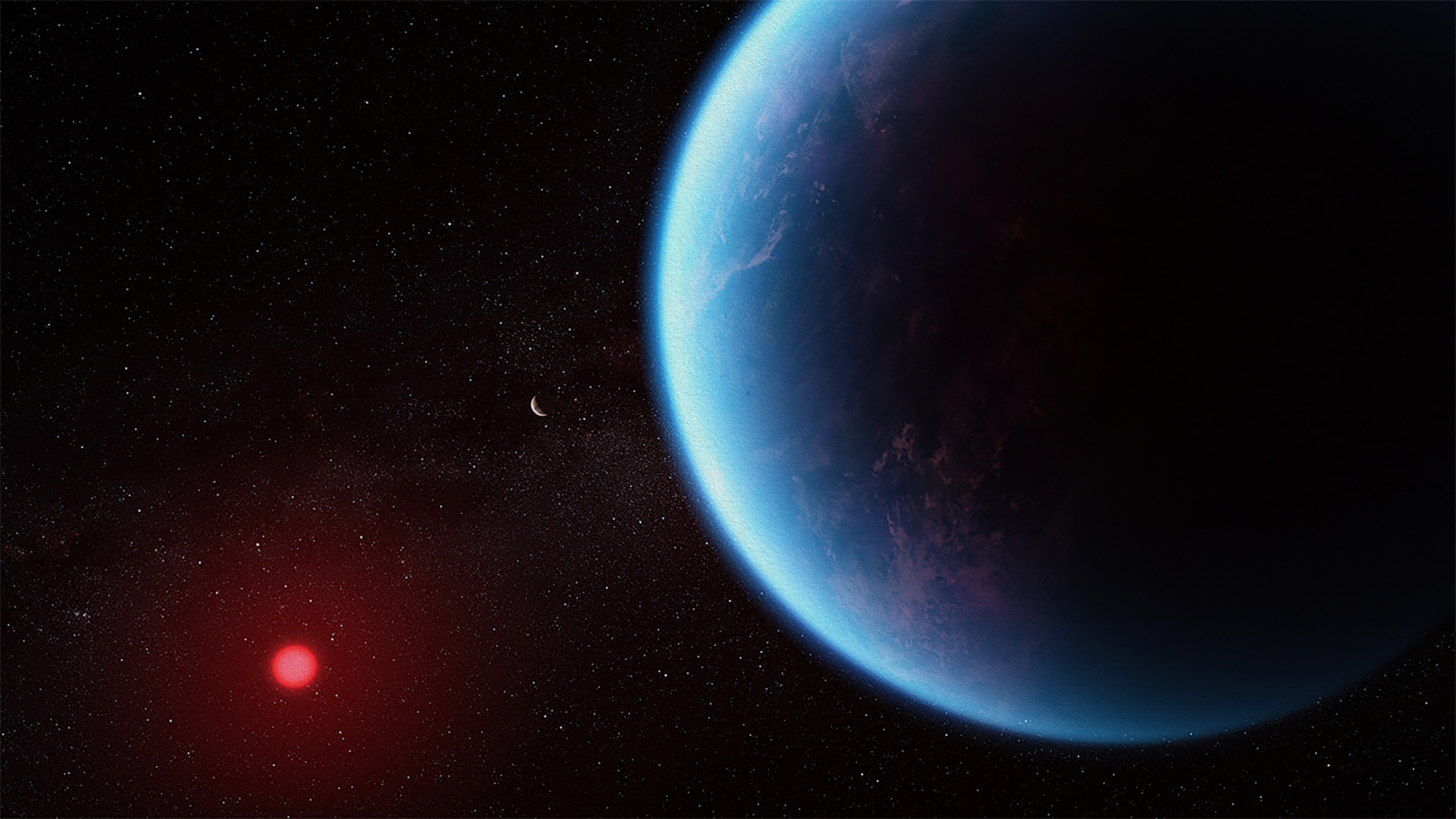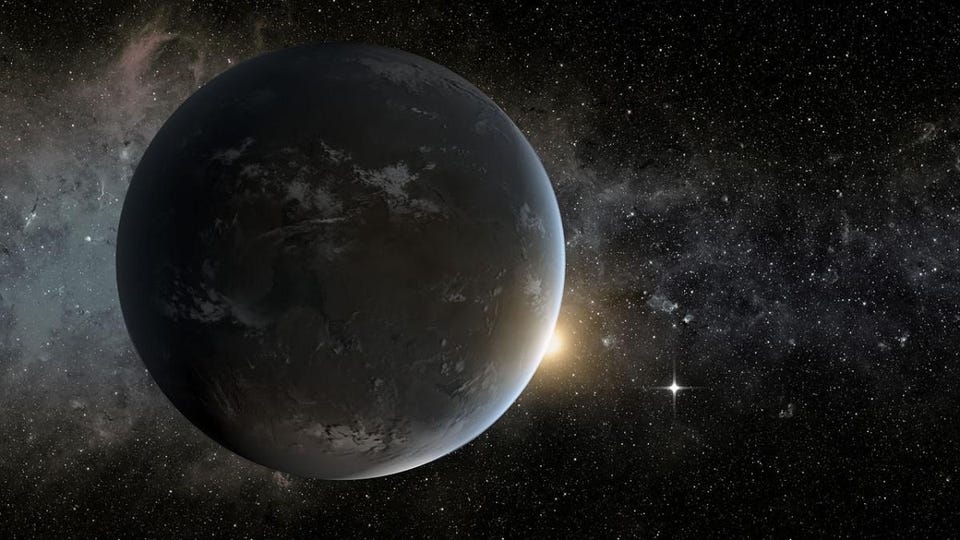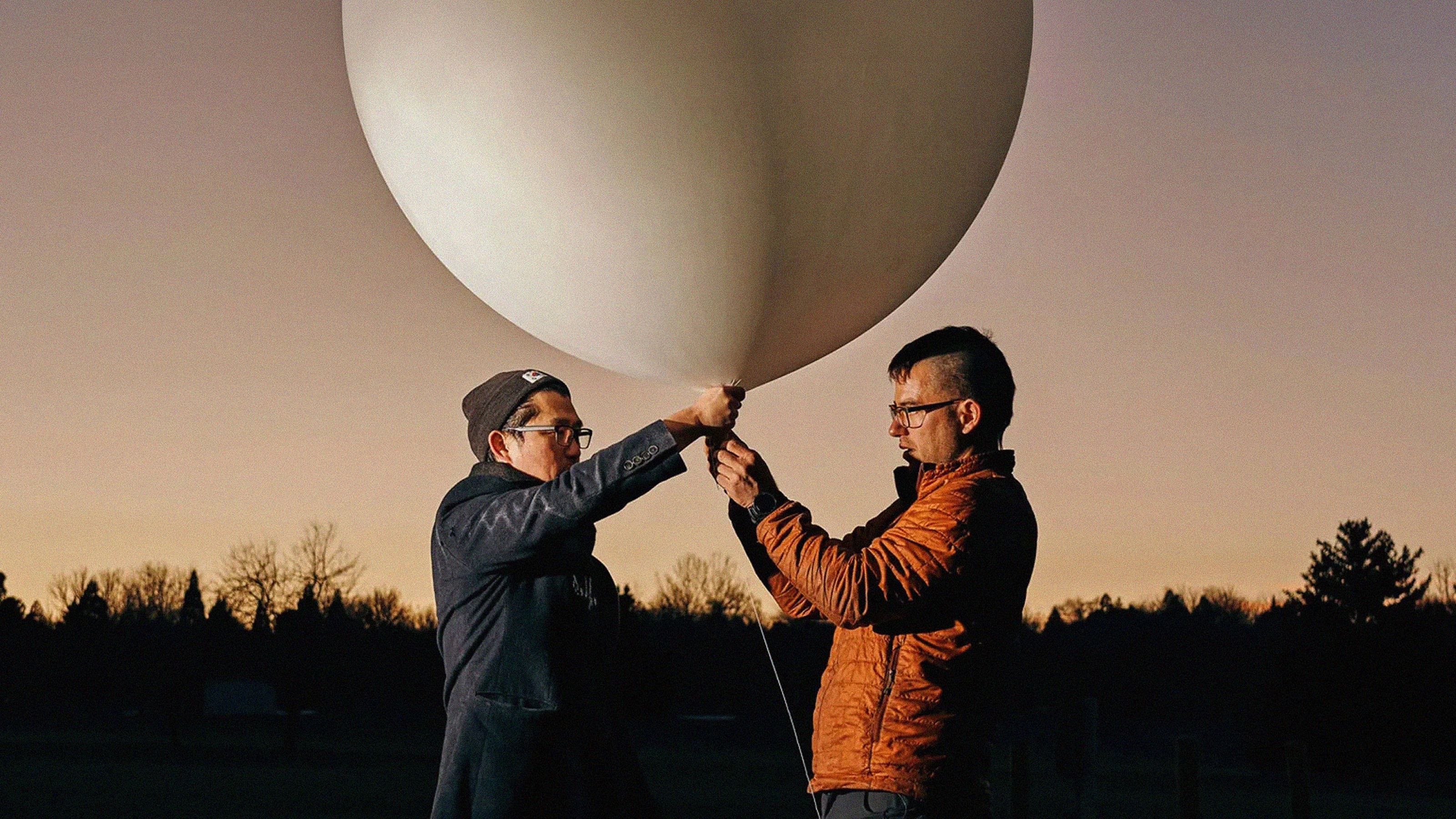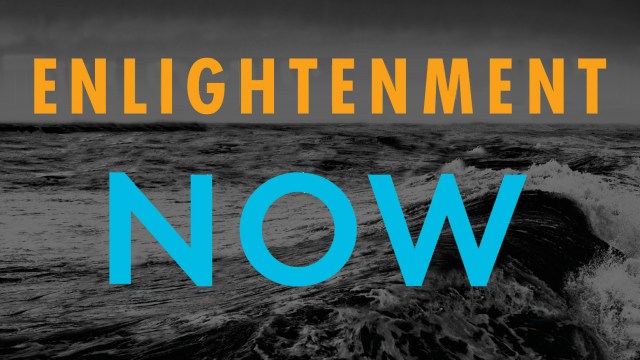Sorry, Earth, The Ozone Layer Isn’t Healing Itself After All
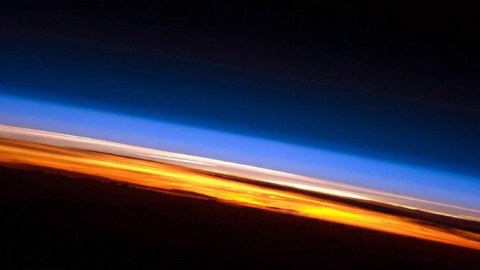
The hole in the ozone is shrinking, for sure, but to assess the whole layer, you need to look at the whole Earth.
Throughout the history of life on Earth, there’s been a little-noticed helper: a thin but important layer of ozone in our planet’s stratosphere. Transparent to visible light, this trioxygen molecule isn’t the type you breathe, but rather successfully absorbs incoming high-energy ultraviolet light. Without the ozone layer, this light would propagate down to the surface, where it’s capable of breaking organic bonds and working to counteract the natural life processes we hold so dear. Inadvertently, the widespread rise in chlorofluorocarbons (CFCs) and their use in aerosol cans began to destroy the protective ozone layer, and some 30 years ago, humanity banded together to virtually eliminate CFC use. We thought the hole would close and the problem would solve itself. But a new study, surveying a part of the ozone layer that hadn’t been examined before, shows that the overall problem hasn’t improved in 20 years.
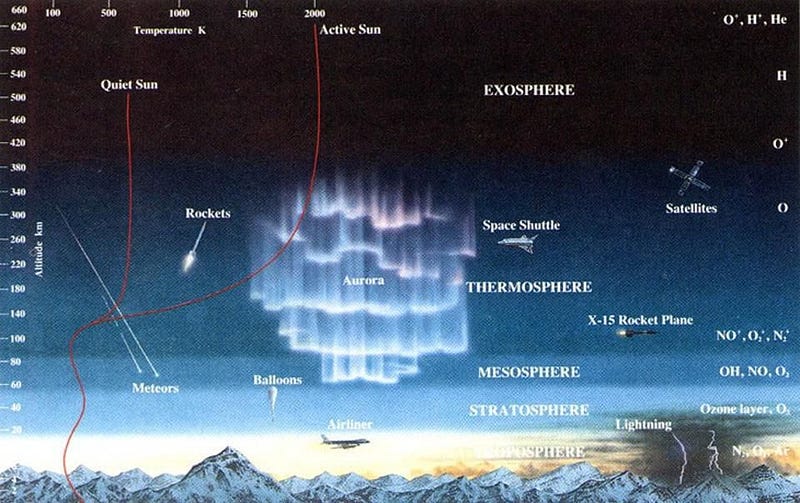
Ultraviolet radiation is known to be dangerous, and our stratospheric ozone is our first line of defense. With the widespread adoption of and compliance with the Montreal Protocol, atmospheric ozone stopped decreasing, and measurements of the upper stratosphere indicated that ozone levels were recovering. The recovery was so significant that the leading models predicted a 100% recovery at most human-populated latitudes by the year 2100. But one unknown had yet to be investigated to the required level of scrutiny: the concentration of ozone at lower altitudes. Contrary to expectations and with no explanation for how it’s happened, the lower stratosphere appears to be losing ozone, so much so that the total amount of ozone over the most densely populated areas isn’t increasing at all.
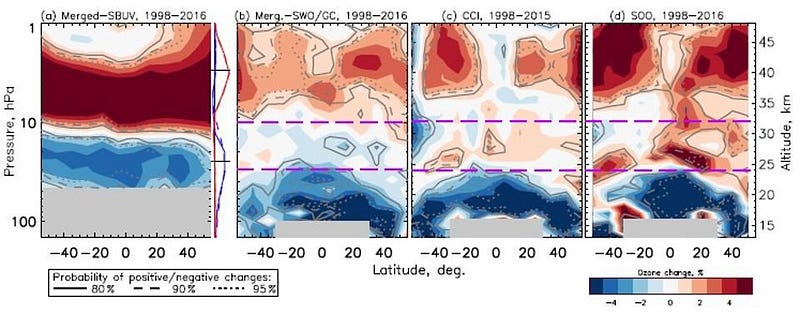
In what promises to be the first unexpected result from atmospheric sciences in 2018, a team of researchers gathered four different datasets that have been monitoring the higher altitudes of Earth’s atmosphere, and analyzed them for changes in ozone concentrations. While the upper stratosphere showed the same increases in ozone densities, the lower stratosphere, carefully analyzed for the first time, showed the opposite effect. This is something none of the best ozone-layer models, successful as they are for other applications, were able to predict. According to Will Ball, the lead author on the new study,
The reason for the continuing decline is not fully understood, but could be a result of our changing climate, increases in unregulated short-lived chlorine species, or some as yet unknown factor, but chemistry climate models do not reproduce the current changes we find.
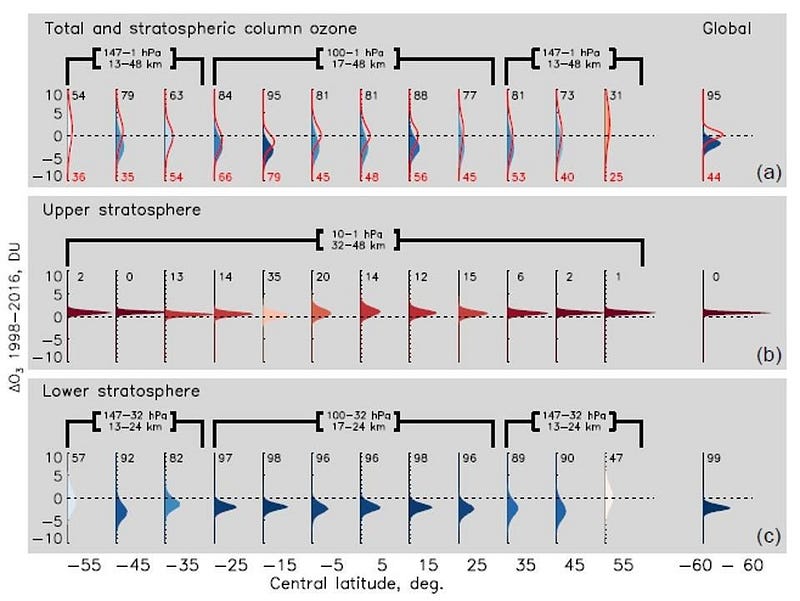
In fact, if you quantify the amount that ozone concentrations, overall, have changed, you find that the amount that ozone in the lower stratosphere has decreased virtually cancels out the increases seen in the other layers. This is an unexpected puzzle, since we understand how ozone is naturally produced in the stratosphere: by the same two ingredients — oxygen and ultraviolet light — that have always produced it. When ultraviolet light strikes an oxygen molecule, it breaks it up into two individual oxygen atoms. Each one can then react with another oxygen molecule, producing ozone molecules, which ought to remain in the stratosphere: where production peaks.
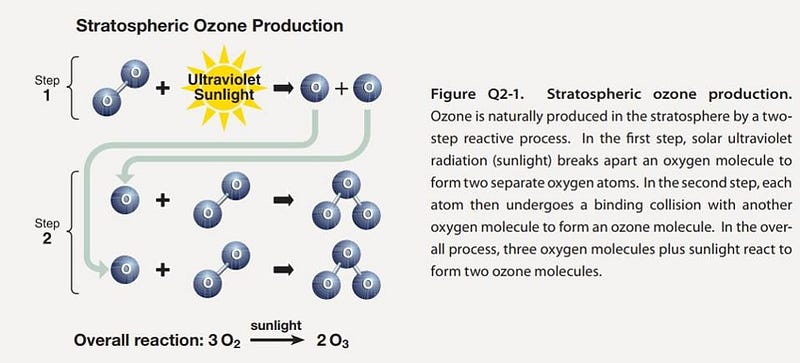
But what we haven’t understood well, apparently, is how the produced ozone is redistributed or, potentially, destroyed by other processes. While there are certainly puzzles concerning what the ozone in Earth’s atmosphere is doing, the past 20 years of data have shown one thing definitively: it hasn’t simply remained constant. (At least, over the latitudes which have been carefully monitored.) From 1998 until 2011, the total ozone column density actually rose, only to fall again back to 1998 levels over the past few years. There is neither a good theory nor a good empirical model for why this is happening, but it will no doubt become one of atmospheric science’s biggest open questions.
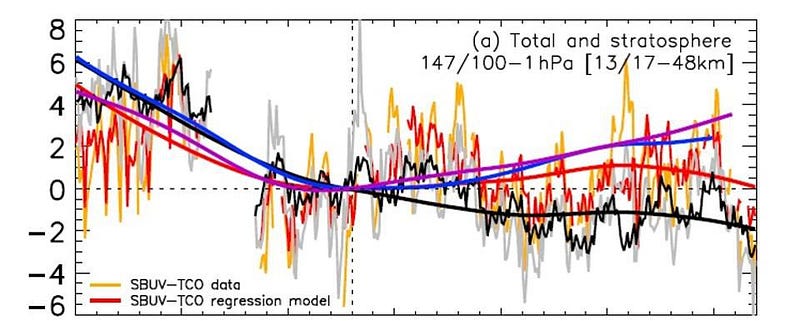
The mystery deepens if we look at the lowest layer of Earth’s atmosphere: the troposphere. This layer, consisting of the closest few kilometers of atmosphere to our surface (and over 80% of the Earth’s atmosphere, by mass), has shown an increase in ozone density. Admittedly, the data has only been available with global coverage for approximately 12–13 years, but it’s quite convincing: it shows that the ozone density in the lowest layers is rising, just like it is in the upper stratosphere. This makes what’s occurring in the mid-to-lower stratosphere all the more puzzling.
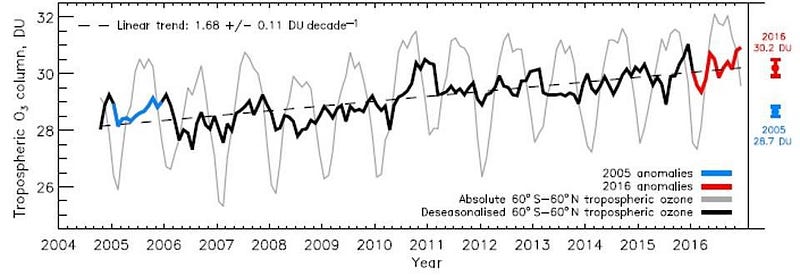
There are five major conclusions to come out of this work, some (but not all) of which are promising:
- The Montreal Protocol continues to demonstrate its effectiveness for increasing ozone density in the upper stratosphere, as predicted.
- Mysteriously, the lower stratosphere has shown a larger-magnitude ozone decline over the same time period.
- Overall, the global mid-latitude ozone density in the stratosphere has slightly decreased, as the lower stratosphere effect has been slightly more powerful.
- If you add the tropospheric increases in, the total ozone density has only remained relatively constant.
- And finally, the state-of-the-art models do not reproduce the observed ozone levels in the lower layers of the atmosphere.
Although the study that drew these conclusions doesn’t have a surefire explanation for this result, there are two possible culprits. One is very short-lived substances (VSLS) that could be destroying portions of the ozone layer; research into that is ongoing. But the second possibility is one that no one’s happy about: global warming.
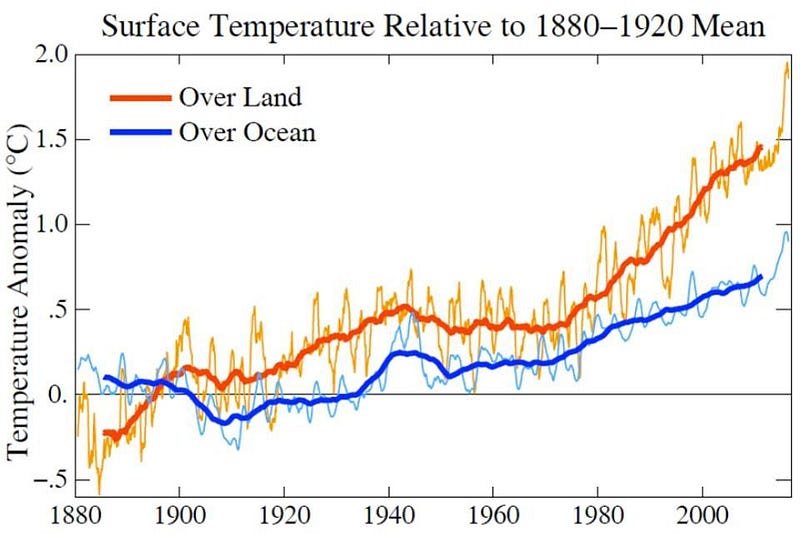
Owing to global warming, there are suggestions that the tropopause has risen and will continue to rise, the troposphere has warmed, and these phenomena may have an effect on ozone concentrations in the lower stratosphere. Furthermore, greenhouse gas-induced climate change appears to be causing an increase in upwelling in the tropics, which could decrease stratospheric ozone there, according to simulations. The exact mechanism responsible for these changes has yet to be identified, but the data is clear: the “100% recovery by 2100” prediction didn’t include these results. With this new understanding, that recovery may be stalled or pushed out to extremely long timescales, and global warming may be exacerbating or even causing this trouble. As the Ball et al. paper states:
[A] rise in the tropopause, due to the warming troposphere, could lead to a decrease in ozone at mid-latitudes, but the tropopause rise is also affected by the ozone loss itself…
where ozone in the lower stratosphere is an important factor in radiative forcing of the climate. Based on straightforward physics, reducing lower-stratospheric ozone will offset some of the forcing increase from rising GHGs.
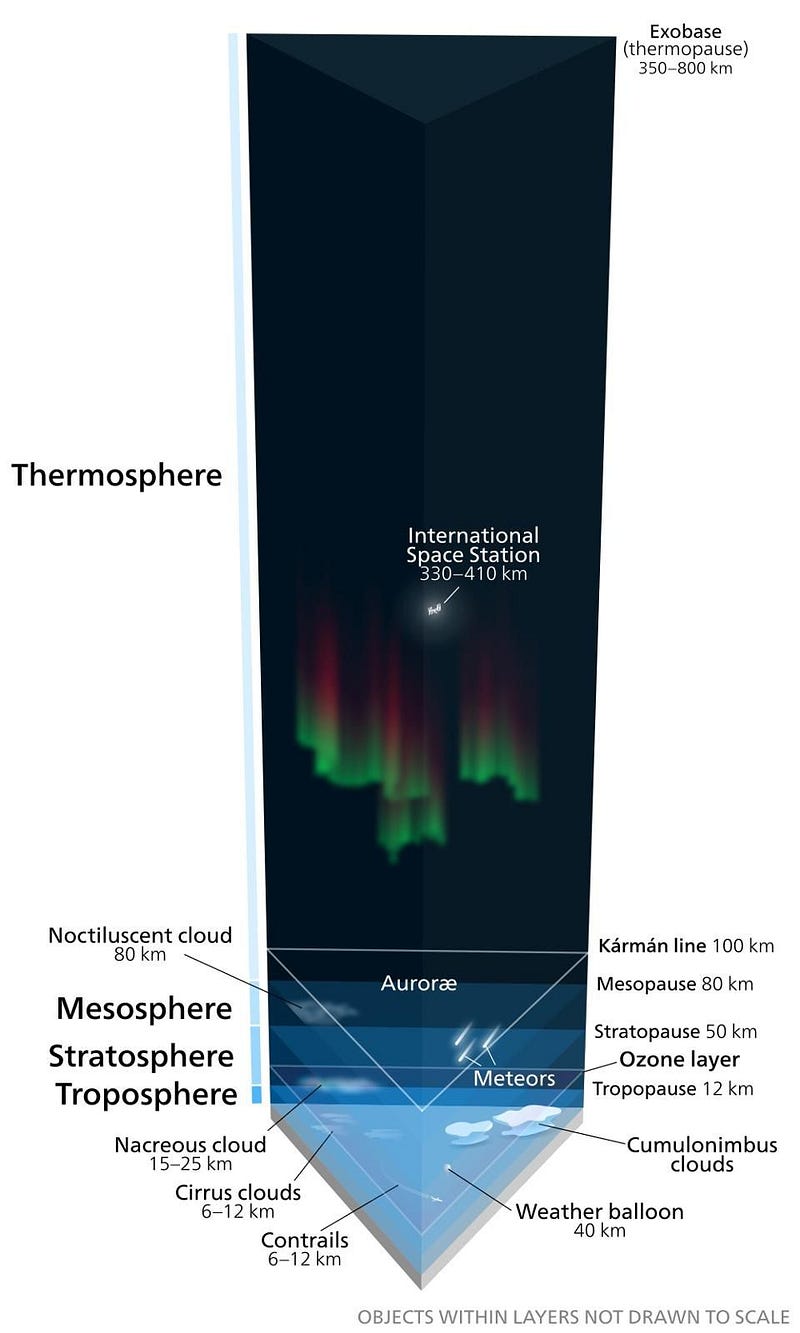
In other words, redistributing the ozone away from the lower stratosphere has actually reduced the radiative forcing that accelerates global warming. Yes, the hole in the ozone layer over Antarctica may be shrinking, but we have to examine the global effects of ozone, not just what’s occurring at one pole. And when we do, it doesn’t look good. The overall concentrations of ozone in the atmosphere, worldwide, have not increased since 1997, but are the same today as they were back then. As Ball and his collaborators state:
The Montreal Protocol is working, but if the negative trend in lower stratospheric ozone persists, its efficiency might be disputed. Restoration of the ozone layer is essential to reduce the harmful effects of solar UV radiation that impact human and ecosystem health. Presently, models do not robustly reproduce the decline in lower stratospheric ozone identified here. This will be imperative, both to predict future changes and to determine if it is possible to prevent further decreases.
If we are to restore the ozone layer and reduce the harmful effects of ultraviolet radiation of life on planet Earth (including to humans), we have to figure out what’s causing this odd behavior. Whether you’re a fan of current climate models or not, getting it right is essential to understanding our world, and keeping it hospitable for not only humans, but for the ecosystems our planet depends on. We only have one planet where life has arisen and sustained itself, as far as we know. It’s up to all of us to take care of it.
Ethan Siegel is the author of Beyond the Galaxy and Treknology. You can pre-order his third book, currently in development: the Encyclopaedia Cosmologica.
